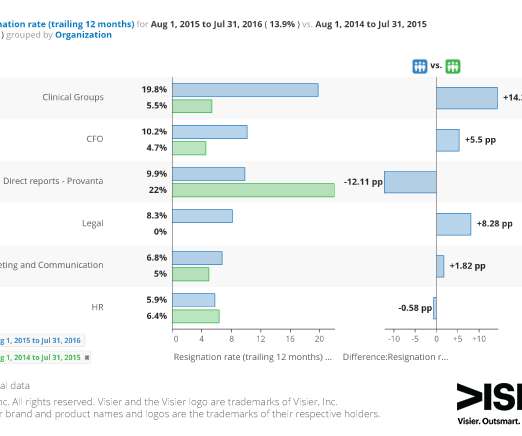Case Study: Strategic Workforce Planning for Rail Infrastructure Managers
Analytics in HR
MARCH 30, 2020
This requires tremendous changes in the current workforce. In this case study, strategic workforce planning is applied to solve this national problem, impacting millions of commuters. A few particulars in the context were important to understand how strategic workforce planning was approached. Curious how?
















Let's personalize your content